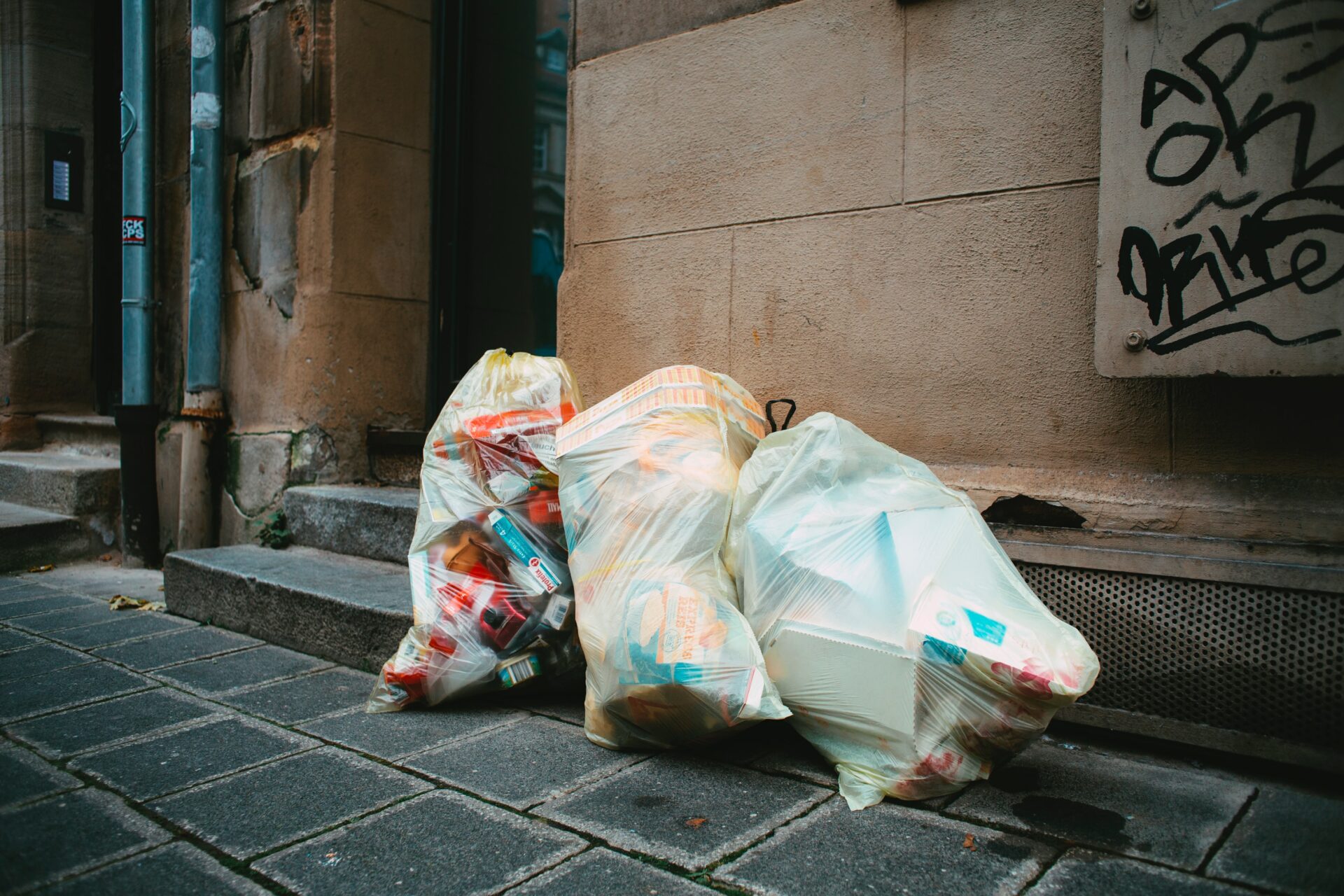
Across the U.S., outdated waste systems that bury or burn trash persistently harm people, our climate, and the environment. Living about a mile from the Southbridge Landfill in central Massachusetts, my family, my community, and I know this all too well.
Most people in central Massachusetts rely on groundwater wells to provide their homes and businesses with tap water. But for more than 40 years, the Southbridge Landfill has generated vile garbage brew – dubbed “leachate” in the waste world – which eventually escaped into the surrounding groundwater and has made some of the nearby wells unsafe.
Drinking this contaminated water can cause adverse health effects like blood disorders, heart issues, cancer, and more. Even though the landfill closed in 2018, we continue to deal with the toxic impacts of a nearby waste facility.
It’s no accident that Casella Waste looked to Southbridge to transform a small, local landfill into a massive, leaky garbage mountain. Southbridge is home to a greater concentration of Black and brown communities and low-income communities than most of central Massachusetts.
Southbridge is not an outlier. About 76,000,000 people in the U.S. live within 3 miles of a landfill or incinerator. Every day, their environment is burdened by the toxic pollutants these facilities release into the air, water, and soil. Every day, they face a higher risk of developing respiratory issues, visual impairments, hearing loss, learning disabilities, cancer, and other detrimental health impacts. And because of racism, classism, white supremacy, and other discriminatory barriers in this country, many of these old, outdated waste facilities are in Black and brown communities, low-income communities, and communities of limited English-speaking proficiency.
Soon after I began working to shut down the Southbridge Landfill in 2008, I also joined a coalition of non-profits to block new trash incinerators in Massachusetts. This campaign continues to this day – with the coalition regularly pushing back against proposals to burn plastic, sewer sludge, and trash. It’s also working to shut down the existing incinerators that burn most of the State’s trash.
The same pattern plays out throughout the U.S. Detroit, for example, was home to the country’s largest trash-burning facility for 33 years – until community advocates finally forced it to shut down in 2019. Over the course of the incinerator’s life, Detroit became a hotspot for health problems. The air near the incinerator was often dangerous to breathe. Unsurprisingly, adults living near the incinerator were 3x more likely to be admitted to the hospital for asthma than people living elsewhere in the state – children near the incinerator were 5x more likely.
Also unsurprisingly, Detroit, Michigan is an Environmental Justice community that has – and continues to be – disproportionately impacted by pollution, climate change, and the waste crisis. According to the most recent U.S. Census data, 77% of residents are Black or African American, and the median household income is half the national median.
Although the Detroit facility is set to be demolished by 2023, it has left a dark shadow over Detroit. Some even say the incinerator annihilated the very fabric of the neighborhood. Now, residents turn their attention to what comes next, with many hoping the city corrects the toxic legacy the incinerator left behind.
Environmental Justice communities should not be sacrifice zones because the trash “has to go somewhere.” And it is not enough to simply shut down dangerous waste facilities. We need stronger, healthier, more sustainable solutions in their place. Otherwise, the waste industry will continue to force new landfills and incinerators on Black and brown communities and low-income communities.
Spotty local recycling and personal waste-reduction habits will never be enough to solve our waste crisis. We must force corporations to take responsibility for the trash they generate. We must phase out single-use plastic because it is toxic and largely unrecyclable. We must redesign our products to reduce and reuse as much material as we can. We must divert food waste and other organics to properly run composting programs. And we must prioritize the communities that have been disproportionately burdened by our waste system.
That’s the drive behind Just Zero – to work alongside communities, policy makers, scientists, educators, organizers, and others to design and implement just and equitable solutions to climate-damaging and toxic production, consumption, and waste disposal practices. Because all people deserve Zero Waste solutions with zero climate-damaging emissions and zero toxic exposures.
Just Zero has four areas of impact:
- Reduce, Reuse, Recycle Right – Stopping plastic pollution and packaging waste before they start.
- End Burning Now – Opposing dangerous, inequitable facilities that burn waste.
- Stop Burying Trash – Disrupting outdated, risky waste systems.
- Keep Compost Clean – Fighting climate damage by putting food scraps to good use.
You can help us turn Zero Waste strategies into action; visionary concepts into results. Sign up for our emails and learn how Zero Waste solutions can help protect our homes, our environment, our communities, and our health.